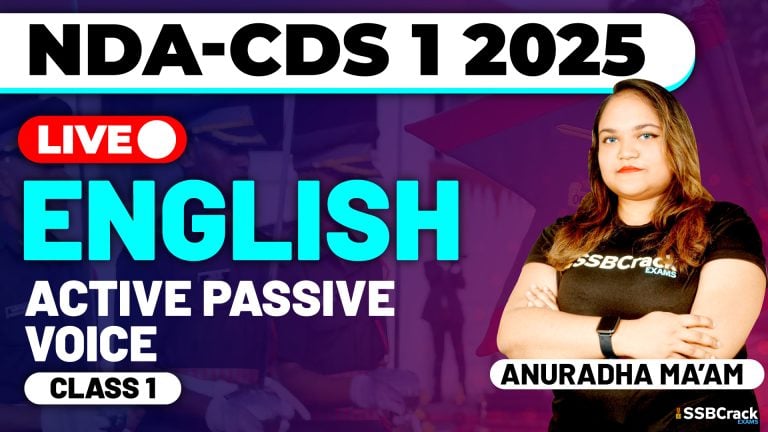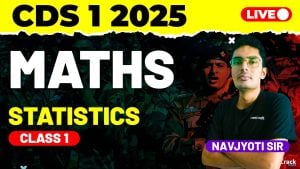Preparing for competitive exams like the CDS (Combined Defence Services) and AFCAT (Air Force Common Admission Test) requires not only a robust theoretical foundation but also a deep understanding of mathematical concepts. One such pivotal topic is “Speed, Distance, and Time.” In your first introductory class, you embarked on a journey into this intriguing realm, where you were introduced to fundamental formulae and ingenious tricks, including concepts like average speed, relative speed, and train problems. In this blog, we will delve into these essential topics, offering you insights into their significance and how they will empower your CDS and AFCAT exam preparation.
The Speed, Distance, and Time Formula
Before we dive into the fascinating realms of average speed, relative speed, and train concepts, let’s revisit the core formula that underpins these concepts:
Speed = Distance / Time
This formula is the keystone of all calculations involving speed, distance, and time. It allows you to determine any one of these variables when you have values for the other two. Armed with this formula, you are ready to explore more complex scenarios.
Average Speed: Balancing Varied Speeds
Scenario: Imagine a journey comprising multiple segments, each covered at different speeds. To find the overall average speed for the entire journey, you can use the formula:
Average Speed = Total Distance / Total Time
Average speed is a crucial concept in scenarios where an entity travels at varying speeds over a journey. It offers a way to represent the overall speed of the journey as if it were completed at a constant speed.
Relative Speed: Embracing the Concept of Relative Motion
Scenario: In competitive exams, you might encounter problems where two entities are moving towards each other or in the same direction. To calculate their relative speed, you use the formula:
Relative Speed = Sum of Their Individual Speeds
For entities moving towards each other, this concept is particularly useful. It helps you determine how quickly they close the distance between them.
Train Problems: Navigating the World of Moving Vehicles
Scenario: Train problems are a classic subset of speed, distance, and time questions. They often involve scenarios where two trains are approaching each other or moving in the same direction. To solve train problems, you need to calculate the relative speed and use it to determine various parameters like the time it takes for trains to cross each other or overtake one another.
Why These Concepts Matter
- Efficiency in Problem Solving: Mastery of these concepts streamlines problem-solving in various scenarios. They allow you to handle complex questions with ease, even when multiple speeds and distances are involved.
- Time Management: In competitive exams, efficient problem-solving is crucial. Proficiency in these techniques ensures that you can tackle speed, distance, and time questions swiftly, freeing up time for other sections.
- Real-World Application: Speed, distance, and time concepts have practical applications in the military and air force, where precise calculations are crucial for logistics, planning, and operations.
Practice: The Path to Mastery
As with any mathematical concept, practice is the key to mastering speed, distance, and time problems. Regular practice exposes you to various scenarios, enhancing your problem-solving skills and boosting your confidence for the exams.
Conclusion
Your first introductory class on speed, distance, and time in CDS and AFCAT preparation has provided you with invaluable insights into core concepts like average speed, relative speed, and train problems. Embrace these tools as your companions on your journey to success. As you continue your studies and practice, you’ll find that these techniques become second nature, enabling you to conquer even the most complex speed, distance, and time questions on the day of the exam. So, keep practicing, stay focused, and remember that mastery of these fundamentals is your key to success. Best of luck!


















